When it comes to vegetables, most of us assume the fresher and rawer, the better. After all, salad bars, green smoothies, and veggie snack trays have practically made a lifestyle out of eating raw produce. But here’s the twist: not all vegetables are meant to be eaten straight from the garden or grocery bag. In fact, some of the most common ones you’re tossing into your blender or crunching on raw could be hiding naturally occurring toxins that are only neutralized through proper cooking.
Think of it this way—nature has its own defense mechanisms. Certain plants have evolved to produce chemical compounds that ward off pests, fungi, or predators. While these are perfectly harmless—or even beneficial—when properly prepared, they can cause real trouble if consumed raw. We’re talking stomach cramps, nausea, nutrient malabsorption, or in extreme cases, more serious toxic effects. These aren’t obscure veggies either. Many of them are everyday items you’d find in any kitchen or lunchbox.
So before you pop another raw broccoli floret or try a “clean” slice of potato, it might be time to rethink what really belongs on your raw food list. This guide takes a closer look at 10 vegetables that should always hit the skillet, steamer, or boiling pot before they make it to your plate.
Whether you’re a health nut trying to maximize nutrition or just someone who loves a good veggie platter, this list might just change the way you look at “eating clean.” Let’s break the myth that all raw veggies are harmless—and reveal the surprising produce picks you’re better off cooking first. Your stomach (and your long-term health) might just thank you.
1. Sneaky Spuds: Raw Potatoes
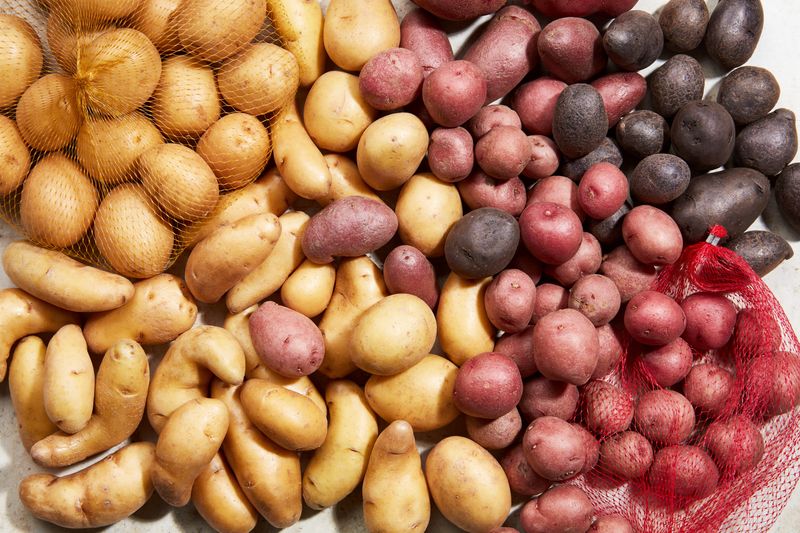
Raw potatoes harbor solanine, a natural toxin that protects them from insects and disease but can wreak havoc on your digestive system. This compound concentrates especially in green areas and sprouts that develop when potatoes are exposed to light.
Symptoms of solanine poisoning include nausea, vomiting, headaches, and even neurological problems in severe cases. Thankfully, cooking potatoes properly breaks down most of this toxin.
Always store potatoes in a cool, dark place to prevent greening, and cut away any green parts or sprouts before cooking. The humble potato becomes perfectly safe after boiling, baking, or frying at high temperatures.
2. Beware the Nightshade: Eggplant
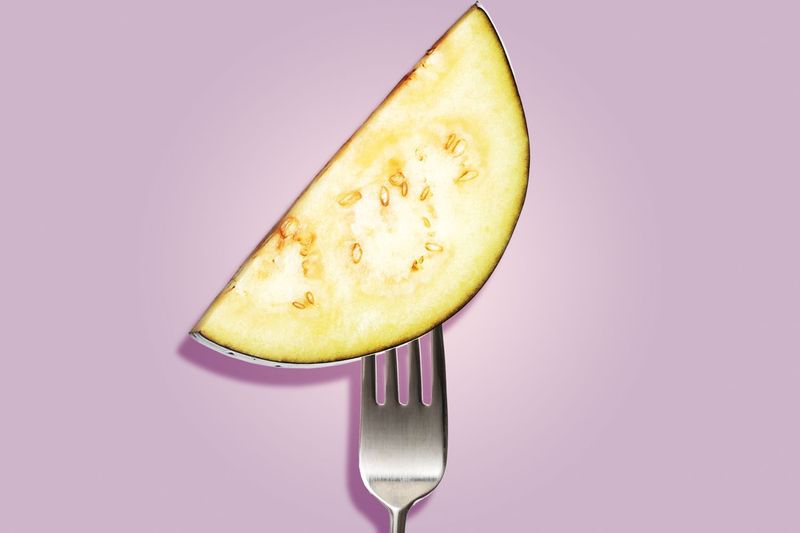
That glossy purple vegetable in your kitchen contains the same family of compounds as potatoes. Raw eggplant houses solanine and other alkaloids that can trigger digestive discomfort, especially in people with sensitive systems.
Young eggplants typically contain higher concentrations of these natural toxins. The bitter taste in underripe eggplants serves as nature’s warning sign. Cooking eggplant thoroughly neutralizes these compounds and transforms its spongy texture into something deliciously tender.
Roasting, grilling, or sautéing brings out its rich flavor while making it completely safe to enjoy. Some people even salt eggplant before cooking to draw out bitterness.
3. Danger in the Bean Pot: Kidney Beans
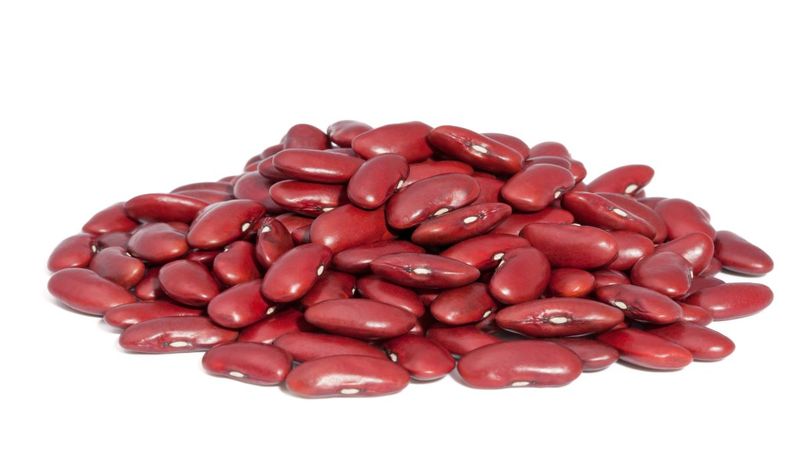
These red nutritional powerhouses hide a dangerous secret when raw. Kidney beans contain extremely high levels of phytohaemagglutinin, a lectin that can cause severe food poisoning even from consuming just a few uncooked beans.
Symptoms appear quickly – within hours, you might experience intense nausea, vomiting, diarrhea, and abdominal pain. Ironically, beans that are merely undercooked can be more dangerous than completely raw ones.
The solution is simple but non-negotiable: boil kidney beans vigorously for at least 10 minutes before including them in any recipe. Slow cookers often don’t reach high enough temperatures to destroy these toxins, so pre-boil them first for safety.
4. Hidden Cyanide: Cassava Root
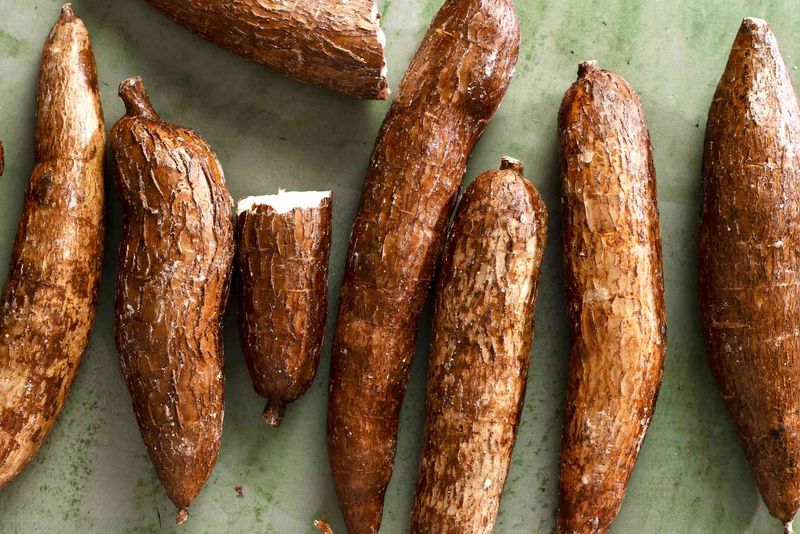
This tropical staple feeds millions worldwide but harbors a potentially deadly secret. Raw cassava (also called yuca) contains cyanogenic glycosides that convert to hydrogen cyanide in your body – the same chemical used in certain poisons.
Proper preparation involves peeling, chopping, soaking, and thoroughly cooking the root. Communities that rely on cassava have developed elaborate preparation methods passed down through generations. The bitter varieties contain significantly higher toxin levels than sweet cassava, but both require proper processing.
Once correctly prepared, cassava transforms into a versatile, starchy food that’s both nutritious and safe, forming the basis for dishes like tapioca pudding and many traditional African and South American meals.
5. Leaves of Danger: Rhubarb Greens
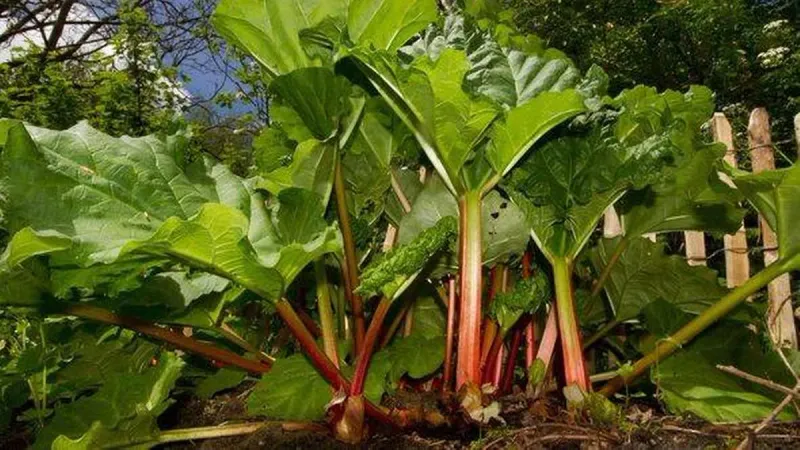
While rhubarb stalks make delicious pies and jams, their large, leafy greens hide a toxic secret. The leaves contain dangerously high concentrations of oxalic acid – enough to cause serious kidney damage, nausea, vomiting, and in extreme cases, death.
Historically, there have been cases of poisoning during wartime when people consumed rhubarb leaves as alternative food sources. The stalks contain much lower levels of oxalates and are perfectly safe when cooked. Always discard rhubarb leaves completely when harvesting.
Even composting them can be problematic in large quantities. The stark contrast between the edible tart stalks and toxic leaves makes rhubarb a perfect example of how parts of the same plant can have dramatically different effects on our bodies.
6. Little Green Troublemakers: Brussels Sprouts
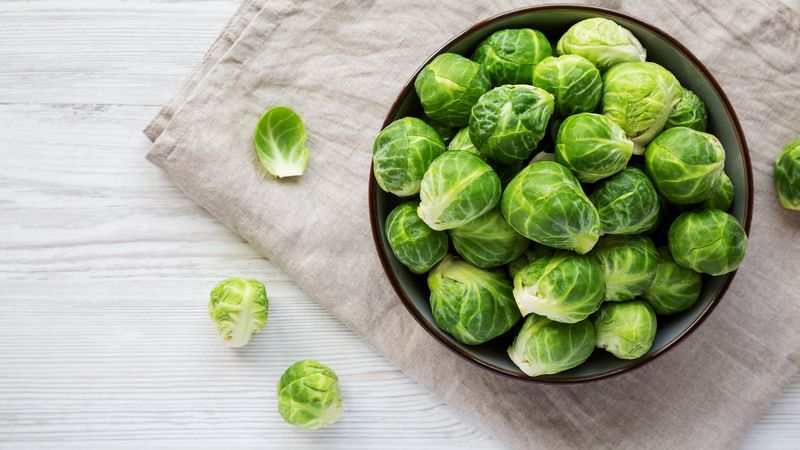
Raw Brussels sprouts contain compounds called glucosinolates that can interfere with thyroid function when consumed in large amounts. These mini cabbages also harbor complex sugars that our digestive systems struggle to break down without some help from heat.
The resulting gas, bloating, and discomfort from raw consumption gives these vegetables their unfortunate reputation. Cooking not only makes them easier to digest but also transforms their flavor profile completely.
Roasting Brussels sprouts caramelizes their natural sugars, bringing out a nutty sweetness that raw sprouts simply don’t have. A quick steam or sauté reduces their goitrogenic properties while preserving most nutrients, making them both safer and more delicious than their raw counterparts.
7. Green Menace in Disguise: Spinach

Raw spinach contains oxalic acid that binds to calcium and other minerals, preventing your body from absorbing these nutrients properly. Long-term consumption of large amounts of raw spinach can contribute to kidney stone formation in susceptible individuals.
Cooking breaks down these oxalates significantly. A quick blanch or sauté reduces oxalate content by 30-87% depending on the cooking method, making the minerals more bioavailable. Raw spinach also has a higher risk of carrying bacteria like E. coli compared to cooked greens.
The cooking process kills these potential pathogens. Popeye had it right all along – cooking your spinach before consumption not only makes it safer but actually increases the nutritional benefits you receive!
8. Cruciferous Caution: Broccoli
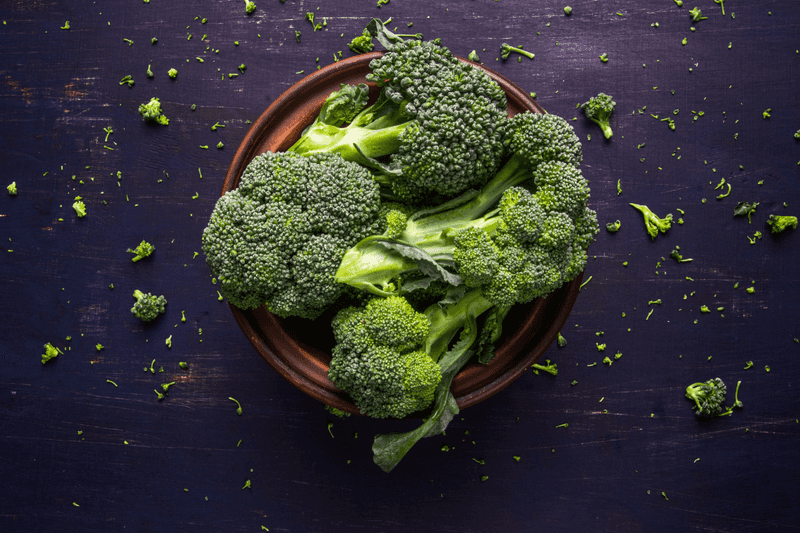
Raw broccoli contains goitrogens that can interfere with thyroid function, especially in people with existing thyroid conditions. These compounds make it difficult for your thyroid to use iodine, a mineral essential for proper hormone production.
The fibrous structure of raw broccoli also makes it challenging for our digestive systems to break down. Many people experience gas, bloating, and discomfort after eating large amounts of raw broccoli due to its complex fibers and sugars.
Light steaming works wonders – it preserves most nutrients while reducing goitrogens by up to 80%. The cooking process also softens the tough cellular walls, making nutrients more accessible to your body. As a bonus, many people find the flavor of lightly cooked broccoli more appealing than its raw counterpart.
9. Beans with a Bite: Lima Beans
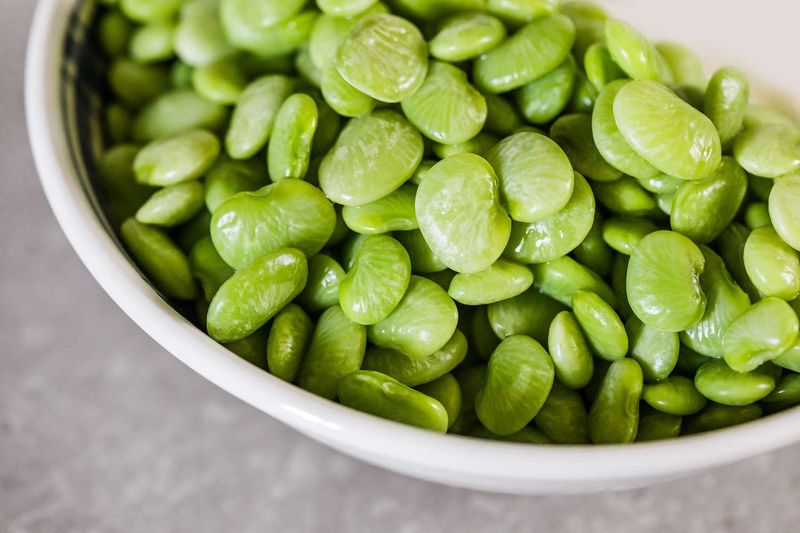
Lima beans, especially wild varieties, contain linamarin – a compound that breaks down into hydrogen cyanide when the bean’s cell walls are damaged. Domestic lima beans sold in the U.S. have been bred to contain much lower toxin levels, but they still require thorough cooking.
In some countries, lima beans may contain up to 20 times the cyanide levels permitted in U.S. markets. This is why proper preparation is critical regardless of where you purchase them. Boiling lima beans in water leaches out the cyanogenic glycosides and evaporates the resulting hydrogen cyanide.
This simple cooking step transforms them from potentially harmful to perfectly nutritious. The buttery texture and flavor of properly cooked lima beans make them worth the extra preparation time.
10. Fungal Hazards: Wild Mushrooms
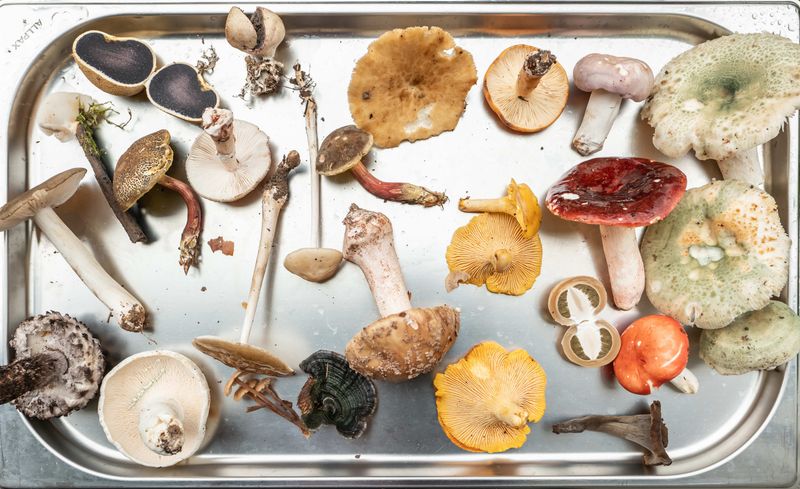
Even culinary mushrooms purchased from grocery stores contain chitin, a fibrous substance our bodies cannot properly digest raw. This tough compound can cause gastrointestinal discomfort and prevents us from accessing the mushroom’s nutrients.
Many varieties also contain hemolytic proteins and hydrazines that break down during cooking. While cultivated button mushrooms contain low levels of these compounds, wild mushrooms can harbor much higher concentrations of potential toxins. Heat transforms mushrooms completely – both in safety and flavor.
Cooking breaks down cell walls, releasing moisture and concentrating their umami flavor while neutralizing problematic compounds. Never consume wild mushrooms without expert identification, and always cook all mushroom varieties thoroughly before eating for both safety and digestibility.
Leave a comment